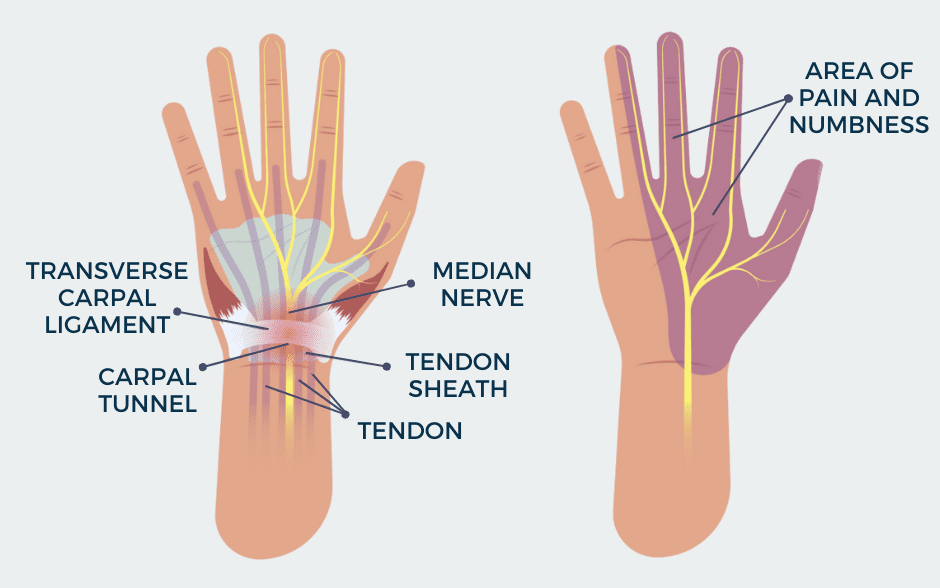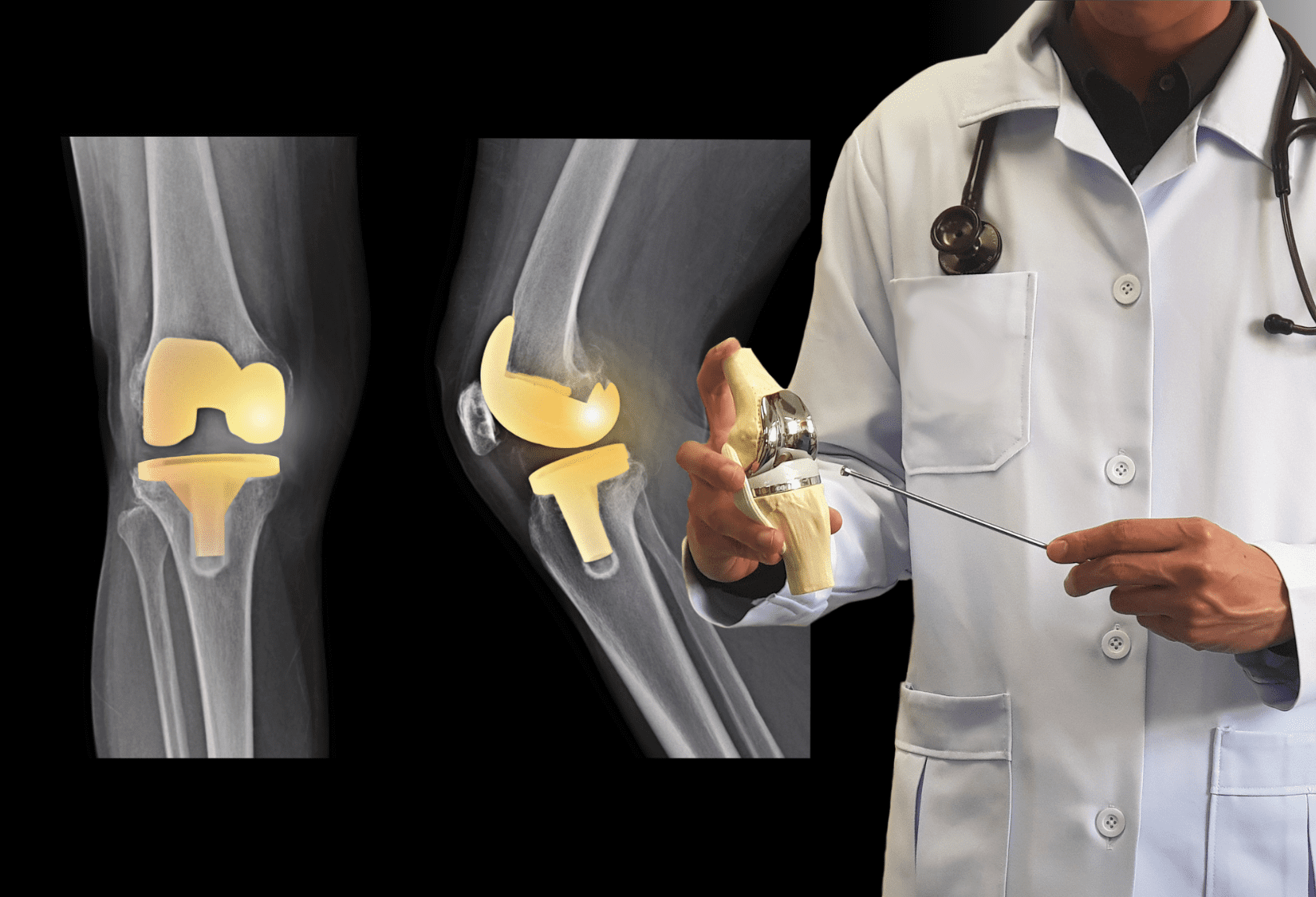Kris Krasowski, one of our physical therapists, a specialist in shoulder treatment, will talk today about the most common shoulder injuries and treatment options.
Kris, how common are shoulder injuries at work?
Kris: Work-related shoulder injuries are very common and, in many industries become the number one occupational injury. Because of the nature of this joint, these traumas can be painful and cause significant limitations in our functioning. As a result, it may be impossible for a worker to perform his job duties. An employee could need really long treatment and rehabilitation. Fortunately, workers who suffer a work-related shoulder injury may be entitled to workers’ compensation benefits to pay their medical bills, wage loss benefits, and partial or total disability benefits.
What are the causes of shoulder injuries?
Kris: From my experience, the most common workplace shoulder injury occurs when workers overexert themselves by lifting, pushing, and shoving heavy objects. Factory, construction, and warehouses are a few of the industries where workers are prone to these injuries. However, office workers and others who do not do much manual labor could suffer shoulder trauma if they pick up a heavy box of office supplies or move their computer or furniture.
A second common cause is awkward positions. Roofers, construction workers, and plumbers are just a few who regularly have to work in awkward positions, which in consequence lead to a shoulder problem. Repetitive motions can also cause injuries to the wrists, hands, arms, and shoulder that develop over time and can cause chronic pain and limitations of movements. Factory workers, construction workers, roofers, and painters are most commonly affected. Cashiers, restaurant workers, and office workers are also at serious risk of suffering this type of shoulder injury.
The use of certain power tools and heavy machinery may involve repetitive movements and vibration, which over time can also cause shoulder trauma. Many factory and construction workers suffer these injuries. Workers in virtually any job are in danger of suffering a shoulder injury in a slip and fall accident due to spills, worn and damaged flooring, icy parking lots, and more.
What injuries cause the most problems?
Kris: Definitely the ones that look minor at first but over time, untreated or treated incorrectly, lead to a chronic problem that is difficult to treat. Shoulder injuries can range from mild strains and sprains to much more serious ones. However, the more severe, such as fractures or broken bones, cause such strong pain that we immediately seek the help of a doctor. Surgical treatment is implemented immediately, followed by rehabilitation. With minor traumas, people tend to ignore the problem, hoping that the pain and other symptoms will go away on their own. Unfortunately, sometimes such neglected, untreated injuries cause serious problems in the future, the consequences of which can last for months or even years. We are currently treating a patient who has a serious, chronic shoulder problem. The injury occurred at work two years ago, but was ignored and now, after such a long time, is causing pain and limited mobility.
Unfortunately, ignoring pain is a serious and common problem. We quickly get used to it and tend to forget that pain’s role is to inform us that something disturbing is happening to our body. Prolonged pain, lasting more than a week, should prompt us to see a doctor or therapist for help. This is extremely important in the case of the shoulder joint. It is very unique – a serious problem can develop from a trivial injury. One of the really serious consequences of ignoring a shoulder problem is a condition called “frozen shoulder”. This is a rather insidious condition, because, for several months after the injury, we may think the problem is gone. The shoulder is functioning fairly normally, and then suddenly the shoulder freezes. Unfortunately, this ailment is very difficult to cure – we are talking not about weeks but months of tedious therapy.
So when should one seek help to prevent a chronic problem?
Kris: If there is no fracture, or tear, at first it is enough to spare the arm, avoid overloading it, and use painkillers. However, if there is no improvement within a week, we definitely should schedule a consultation with a doctor or physical therapist. We offer free 15-minutes consultation, during which we can assess the injury and decide whether the patient should be seen by an MD or if our specialty physical therapy is sufficient. We also help patients with the formalities necessary to make a workers’ compensation claim.



















